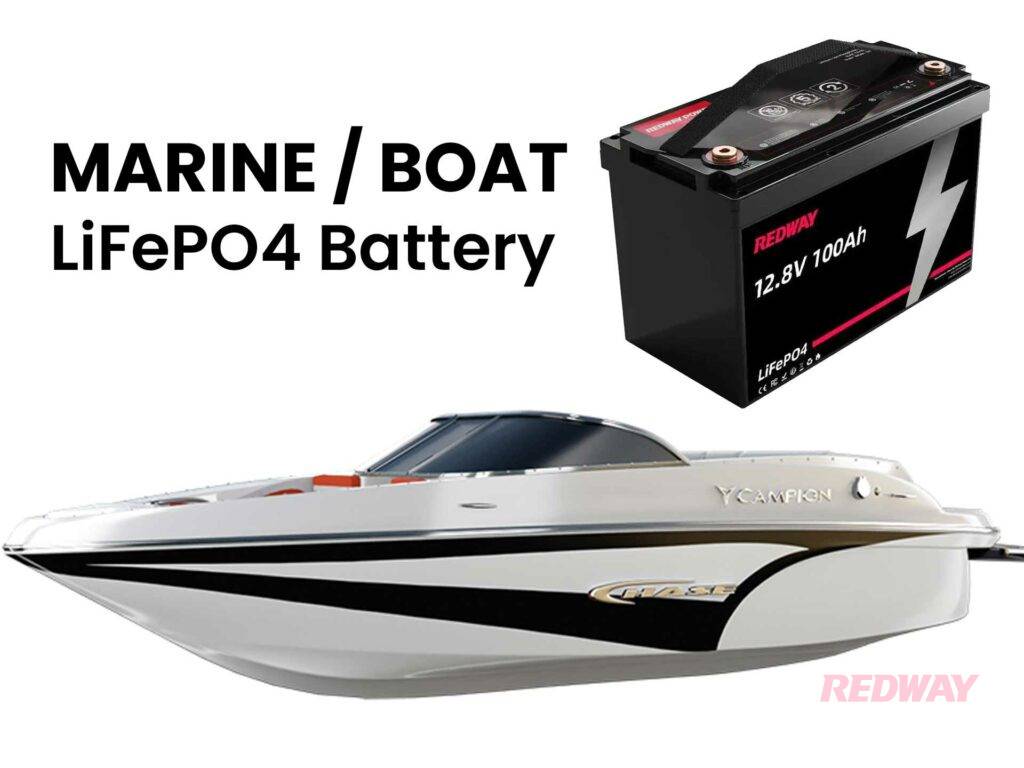The maximum discharge rate of a LiFePO4 (Lithium Iron Phosphate) battery can vary based on the specific design and manufacturer specifications. However, LiFePO4 batteries are known for their ability to deliver high discharge currents. Here are some general characteristics:

#post_seo_title
High Discharge Rates:
Advantage: LiFePO4 batteries are capable of providing high discharge currents, making them suitable for applications that require quick bursts of power.
Typical Range: The maximum discharge rate is often specified in terms of the “C” rate, where “C” is the capacity of the battery. Common LiFePO4 batteries can handle discharge rates ranging from 1C to 3C or even higher.
Example:
Calculation: If a LiFePO4 battery has a capacity of 100 ampere-hours (Ah) and a maximum discharge rate of 3C, it means the battery can discharge at a rate of 300 amperes (3 times its capacity) for a certain period.
Application Considerations:
Advantage: High discharge rates make LiFePO4 batteries suitable for applications like electric vehicles, power tools, and other devices that require rapid energy release.
Limitation: Continuous operation at the maximum discharge rate may affect the overall cycle life of the battery.
BMS (Battery Management System):
Advantage: LiFePO4 batteries often include a Battery Management System (BMS) that helps control and monitor the discharge currents, providing additional protection.
Limitation: Exceeding the specified discharge rate without proper consideration can lead to overheating and may compromise the safety and performance of the battery.
Manufacturer Guidelines:
Importance: Always refer to the manufacturer‘s specifications and guidelines for the specific LiFePO4 battery in use.
Limitation: Deviating from the recommended discharge rates may result in reduced battery life and potential safety risks.
It’s crucial to match the discharge requirements of the application with the capabilities of the LiFePO4 battery. Understanding the manufacturer’s specifications and adhering to recommended usage guidelines will help optimize the performance and longevity of the battery.




